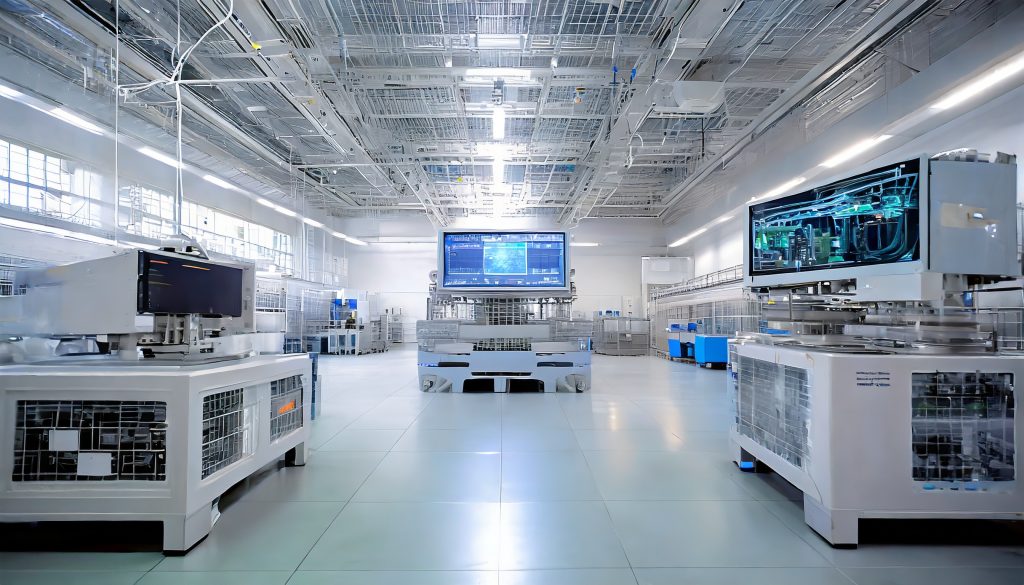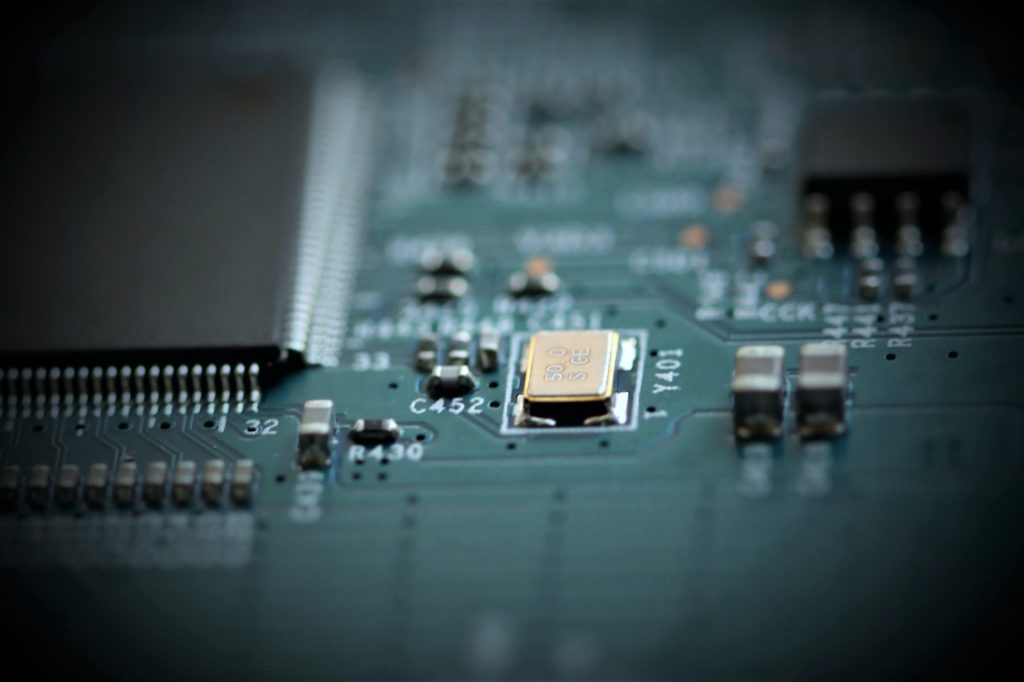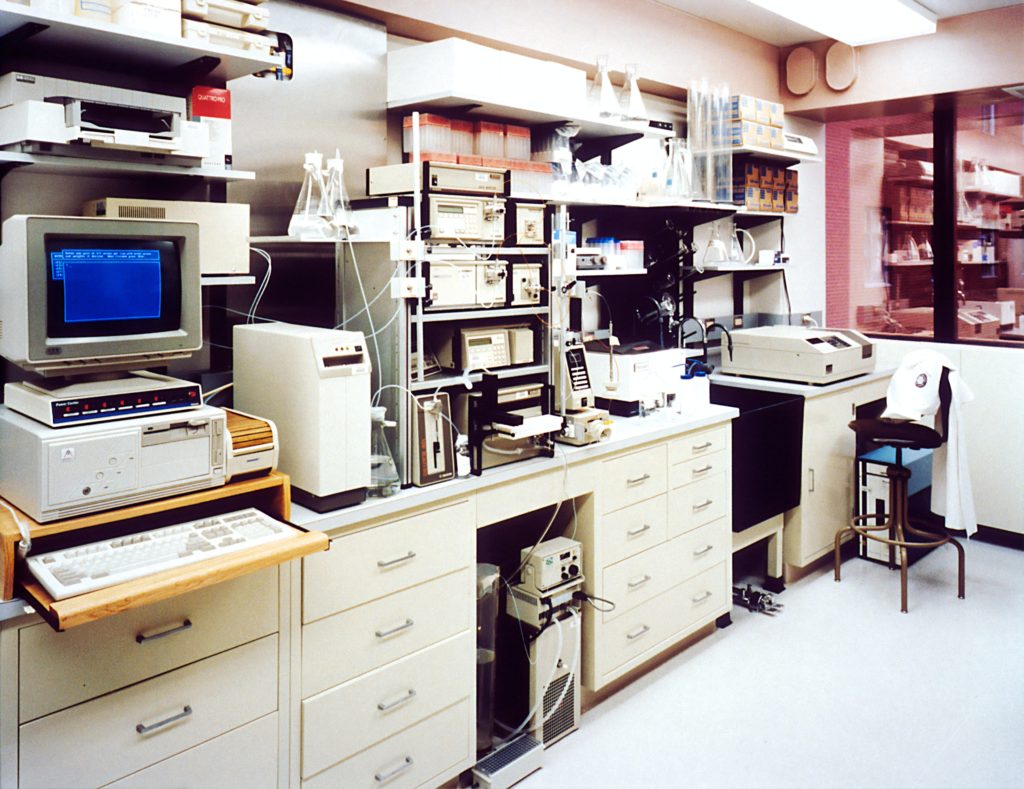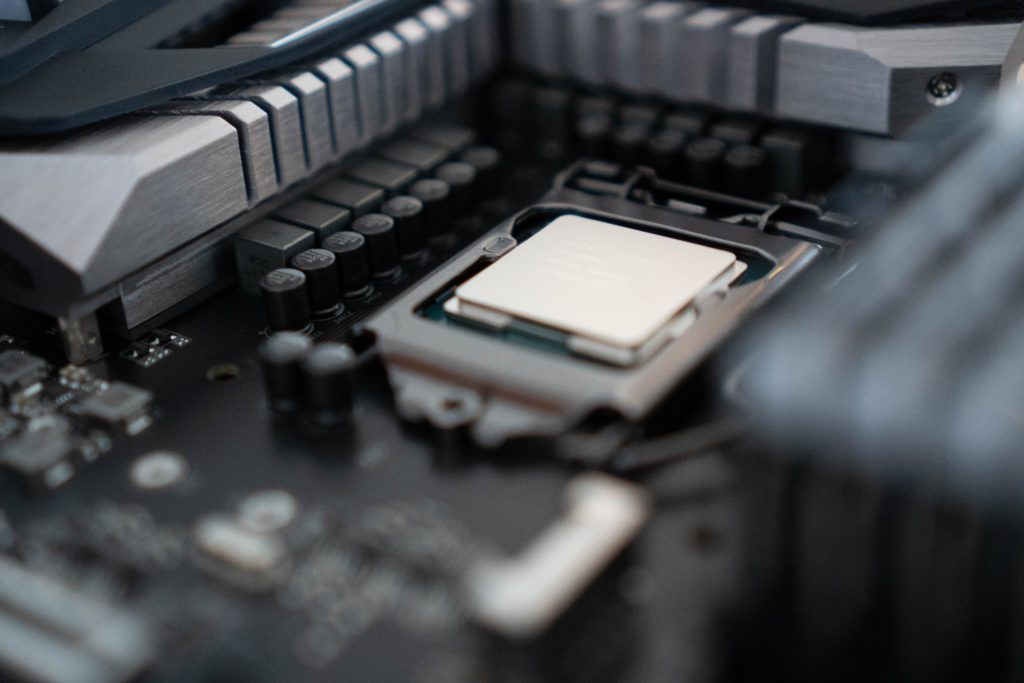Photo by Alex Motoc on Unsplash
The computing industry relies on semiconductor products to enable faster processing. And, to drive real-time processing semiconductor industry has to keep innovating. This two-way hand-shake reliance has grown over the last decade (due to new software demand) and will only grow more in the decades to come.
For decades, the use case of computers (and the silicon chip inside it) has been to perform tasks that humans will take years to perform manually. However, year on year, this processing by generic systems (or XPU) has become repetitive and slow. Today, industries that rely on computational resources are looking for solutions that are adaptive, smarter, and efficient all at the same time.
Neuromorphic Computing Utilizes Semiconductors To Mimic Neuro-Biological Architectures To Drive Adaptive Computing.
Several adaptive solutions are already around. All of these rely on model-driven neural networks. However, the time and cost involved in developing such solutions are very high. To overcome these two drawbacks, both the software and the hardware industry have already embarked on the interdisciplinary process of bringing together the basic and applied science to empower the neuromorphic computing ecosystem.
Industry and academia have heavily focused on neuromorphic computing and have come up with brain-inspired silicon biological nervous systems that today can allow more accurate and real-time computation. Robotics already uses such and some other vision systems that demand a human way of processing data.
This rise of semiconductor-powered neuromorphic computing is eventually a sum of several benefits that it provides. These benefits are in line with the future requirements as required by several silicon-dependent industries.
Adaptive: Real-time computation is heavily dependent on silicon chips, and over the last few decades, the silicon processing units have been rigid. Neuromorphic computing enables the development of neuro-inspired chips that can be more adaptive (and may drive error correction) and efficient than any other XPUs.
Efficient: High-performance silicon chips have to work non-stop, and that too without adding any bottlenecks. Neuro-inspired chips can provide a way to re-architect the routing protocols to make the system more efficient and bottleneck-free.
Predictive: Smart technologies are on the rise, and silicon chips need to do more than process the data as it is. On another side, traditional chips do not change after production. However, neuro-driven silicon chips provide a way to predict future workload requirements and then enable internal circuits accordingly.
There is always a question about how adaptive and predictive neuromorphic computing can be. And whether it is suited for a specific purpose only. An enterprise-grade data center with power-hungry servers might find a good fit for neuromorphic computing solutions rather than a laptop where the applications are still performing the basic operations.
Neuromorphic computing is a domain-specific solution today. As more innovative approaches come out, part of the silicon solution might get incorporated into the more generic semiconductor solutions.

Computation of any data (text, visual, audio, video, etc.) has always required two components to come together: Software and hardware. The software industry has already advanced a lot, and it is time for the hardware industry to play the catch-up game.
Brain-inspired chips can drive a new era of adaptive circuits, which today are more rigid. It may also provide a way to correct the errors on the go, instead of starting from the pre-silicon stage of re-launching the new version of the product.
Workload: As the use of data grows further, the type of workloads can change drastically. Next-gen workloads will require silicon architectures (XPU) that are efficient both for compute-intensive and memory-intensive tasks. The on-the-go learning capability for neuro-inspired chips can provide a perfect platform for such future workloads.
Moore: In the end, all solutions at the silicon level follow Moore’s law. The semiconductor industry is already on its way to hitting the node wall. Neuromorphic chips can provide a way forward by enabling more with the same node. However, such a solution will be limited to specific high-performance domains (servers, etc.).
One of the fundamental reasons the hardware/semiconductor industry has played (with software) the catch-up game is small to no room for errors. In semiconductors, it becomes difficult to correct any errors in the mass-produced chip. Neuromorphic computing-driven semiconductor chips might provide a way ahead for the semiconductor industry here, but only for specific silicon chips.
As both industry and academia speed up the research on brain-inspired silicon chips, the adoption of neuromorphic chips for next-gen computation will grow too. In the end, to enable successful innovations like neuromorphic, it will be crucial to provide long-term research funding. For such activities, government support is a must, and thus the countries providing continuous research incentives will eventually win the neuromorphic race.



















